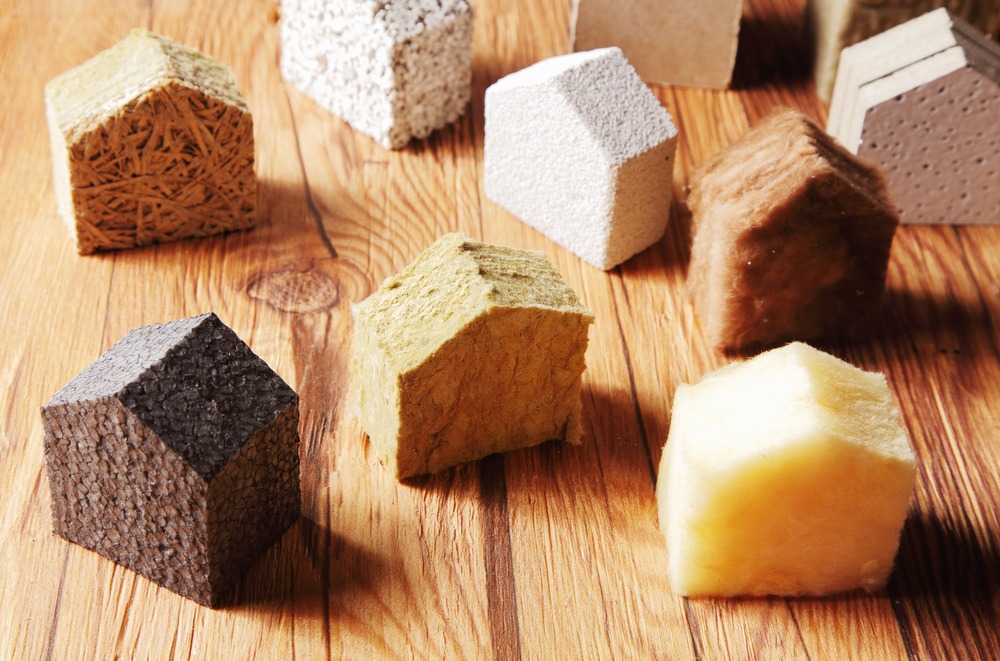With the rising energy prices, people are looking to reduce their electricity bills in whichever way possible. Many homeowners in the UK are considering solar panels to power their homes and heat their water.
However, what most people fail to realize, is that the best way to reduce your UK home’s energy demands is by improving its insulation.
This is especially true for residences that have been constructed quite some time ago and don’t feature proper insulation.
Proper insulation does not only reduce your electricity bills, but it ensures you make the most out of nature’s resources and don’t waste energy.
That being said, insulation is arguably the most cost-efficient way to save energy since it helps keep your home warm throughout the winter and cool throughout the summer.
It’s estimated that you save over 300 pounds on a yearly basis by installing a PIR insulation board 150mm thick in cavity walls. In order to get a better grip on home insulation and to get a general idea of all the different measures, you can take to improve it, keep reading.
What Is Insulation?
It’s pretty self-explanatory, but the sole purpose of insulation is to regulate the temperature inside your home by protecting it against external elements.
In other words, it will keep the space warmer in winter and colder during the summer. As a plus, it can help reduce noise pollution.
By doing all of this, it makes the home more energy-efficient by reducing the amount of heating and cooling you have to do inside it.
How much energy you can save with insulation depends on factors such as the type of insulation and the size of your UK home.
Additionally, based on how old your home is, you may need to take on different types of insulation measures.
No matter how much or how little insulation you may need to add, it will eventually pay for itself.
Most modern homes are built to good insulation standards. However, older homes throughout the UK require a fair amount of work.
If your home is a few decades old, there are many options to go for to improve its energy efficiency.
Throughout the winter months, heat is lost in all directions, so you should consider integral insulation to prevent its loss as much as possible.
You can opt to insulate your walls, doors, roof, floors, and windows. Insulating the walls is generally the first thing people do, as your home can lose 30-40% of its warmth through them.
The roof is next in line of importance, accounting for about 25% of heat loss. Windows and doors come in third with about 20%, and the floor comes in last.
Insulation Materials
There are many different types of materials, and their qualities vary. Typically, quality insulation materials are made up of materials that feature a similar structure to wool, allowing them to trap small air pockets.
Hemp and cotton, for instance, are great insulators, so having strong curtains can also help in the insulation of your home.
Additionally, having wooden doors can help keep your house warm as well. There are spray foam solutions that are typically based on polyurethane, and they’re typically used for insulating roof tiles or around windows and doors.
You can also use sealants to fill up gaps and cracks and stop draughts. Similar to polyurethane insulation is polyisocyanurate (PIR) insulation.
As mentioned before, a PIR insulation board of 150mm can go a long way in buffing up your home’s insulation.
Types of Insulation Explained

Wall Insulation
Depending on the type of walls you have, you can choose between:
- Cavity Wall Insulation: This is preferred if you have cavity walls (i.e., there’s some empty space between the inner and outer leaf). It’s applied by drilling holes through the wall, inserting the insulating material, and then refilling the holes with cement.
- Solid Wall Insulation: As the name implies, there isn’t a cavity inside these walls, so you have the option of applying the insulation internally and externally. External insulation refers to the insulation applied from the outside of the home, i.e., covering the entire facade, whereas internal insulation is applied inside the home. The downside of internal solid wall insulation is that it will take up some internal space.
Roof Insulation
You can choose between warm and cold loft insulation when it comes to roof insulation.
Warm loft insulation insulates right under the roof, whereas cold loft insulation insulates right above the ceiling of the top story.
Warm loft roof insulation is more expensive, but it’s more effective.
Door and Window Insulation
The most efficient way to improve window insulation is to install double-glazed windows and doors.
This means that the doors and windows should feature two panels of glass a few millimeters apart rather than a single piece of glass.
Double-glazing windows and doors also reduce outdoor noise, reducing noise pollution significantly.
Floor Insulation
Floor insulation is the most expensive type of insulation, so you need to make sure you really need it before considering it.
Generally, the homes built more recently have insulators under the concrete floor surface. However, in older homes that come with suspended floors, it will be a huge investment.
A great alternative to floor insulation is placing thick rugs around the home. Besides insulation, rugs can provide a better feeling when walking around the home.
UK Government Incentives
You can take advantage of the Green Home Grants and Smart Export Guarantee, both of which can help with choosing the right type of installation and getting it done.
These incentives apply to water heating systems, solar panels, and heat pumps on top of insulation solutions.



Comments are closed.